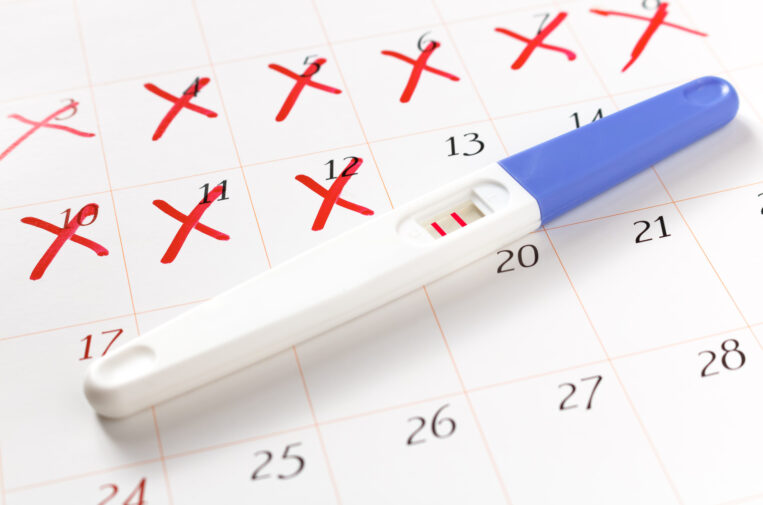We may not know why 10-30 percent of patients are infertile, but we often figure out how to work around it.
Getting the diagnosis of unexplained infertility can be a very frustrating experience. Yet it is not an uncommon diagnosis in an infertility practice, and it does not mean you can’t conceive. What it really means is that in perhaps 10-30 percent of patients, we do not have sophisticated enough mainstream diagnostic testing to determine their cause of infertility.
The basic testing for why one can’t conceive involves the evaluation of sperm, eggs, and the fallopian tubes. This testing should include a comprehensive semen analysis done in a fertility lab and a fallopian tube evaluation (usually a hysterosalpingogram, also called an HSG). Such testing should also include an evaluation of ovarian reserve. This may include a vaginal ultrasound to determine the antral follicle count and blood testing for FSH (follicle-stimulating hormone) and AMH (anti-Mülllerian hormone).
If testing from this basic evaluation is all normal, other possible reasons for infertility may include the following.
- A transport issue so that sperm do not get to the egg. This may be due to problems with the transport of the sperm through the female reproductive tract or may be due to the egg not making it down the fallopian tube. We know this may happen in cases of endometriosis where the fimbria, the finger-like structures on the end of the fallopian tube, may not pick the egg up off of the ovary after ovulation.
- Sperm may not have the capability to fertilize the egg even though the sperm looks good in a routine semen analysis. There is no accurate testing to diagnose this other than with an in vitro fertilization (IVF) cycle.
- Poor egg or embryo quality resulting in a failure of implantation. This is likely a very common reason for “unexplained infertility,” and really the only way to make this diagnosis is during the process of an IVF treatment.
- Failure of implantation of the fertilized egg can sometimes be due to an endometrial receptivity problem. There is testing available called the Endometrial Receptivity Array (ERA) that may point to a uterine problem. But it is only indicated in a minority of situations.
Conceive with empiric treatment for unexplained infertility
Immune system testing really has not been shown to be valuable in cases of unexplained infertility. A laparoscopy is also not routinely indicated in cases of unexplained infertility following a normal hysterosalpingogram.
The good news is that even in cases of unexplained infertility, empiric fertility treatment, which is based on our verifiable observations and experience, is often quite successful at helping a woman conceive. This treatment usually involves stimulation of the ovaries to get an increased number of eggs developing and then doing intrauterine insemination (IUI). IUI places a large number of good-quality sperm closer to the eggs at just the right time in the menstrual cycle.
This is usually done with oral fertility medication for up to three treatment cycles. If after three IUI treatment cycles a woman is not pregnant, IVF is usually the next appropriate step. Depending on the woman’s age and ovarian reserve, IVF is very successful in cases of unexplained infertility.
So, if you have been given the diagnosis of unexplained infertility, keep positive. Talk to your fertility specialist to see if other testing is indicated for you. Even if we cannot pinpoint the reason you are not conceiving, we can help you have a good chance for a successful pregnancy.




